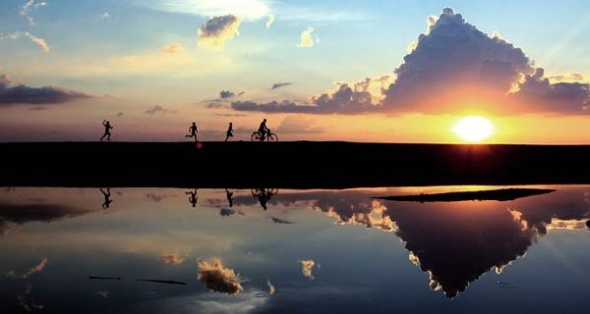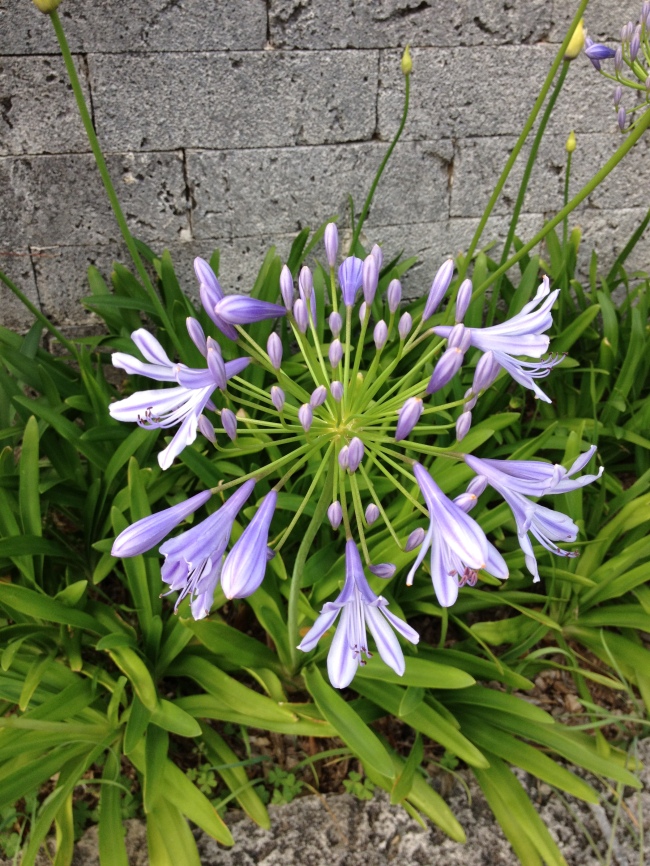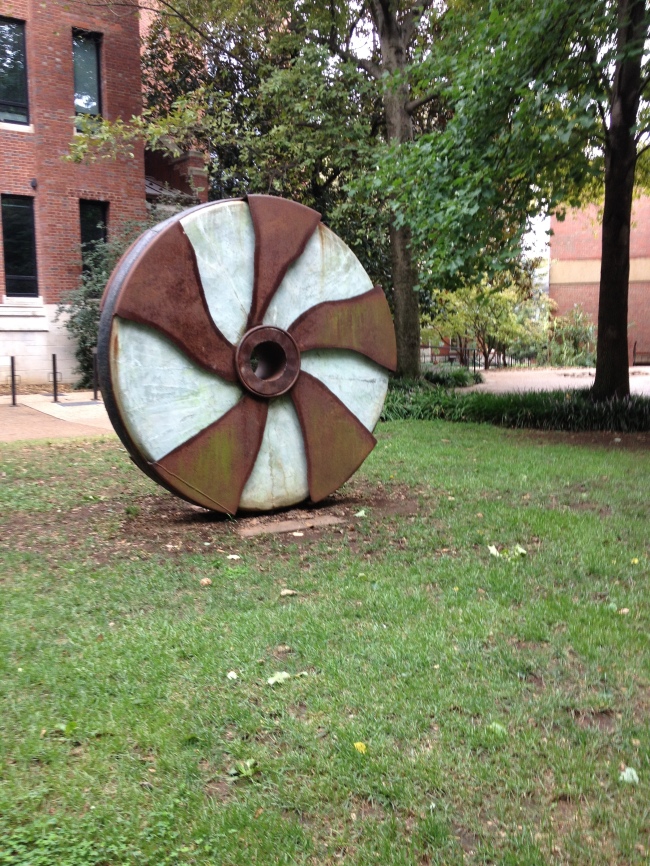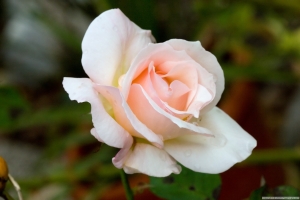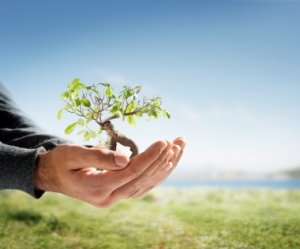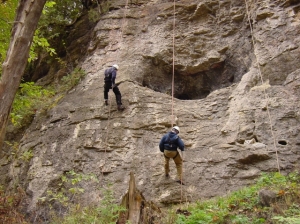For some time now, my three children (20-somethings) share this little mantra with me, often accompanied by a big grin. It goes like this: “Just do you, Mom!”
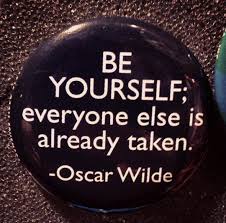 Whether that means wearing a funky flowered hat, leading a guided meditation on the quad of a local campus, or making friends in line at the RMV, I find this call to just be myself a lovely affirmation every time I hear it.
Whether that means wearing a funky flowered hat, leading a guided meditation on the quad of a local campus, or making friends in line at the RMV, I find this call to just be myself a lovely affirmation every time I hear it.
I believe their call to me is an echo back from my daily attempts to encourage their discoveries about themselves ever since they began that discernment process. Of course, like all of us, they have shifted and morphed as they “tried on” various versions of who of “being them” might include: jock, artist, rock star, philanthropist, hipster, or adventurer. Some they have tossed out of hand. Others have become integral pieces of who they are.
And of course, like all of us, they have suffered. There have been grave losses, illness, dark times, and broken dreams. Yet, I have seen these unwanted crucibles, time and again, transform them in miraculous ways to live life fully present. There seems to be no profound personal or spiritual advancement without them.
However, the most challenging experiences, in fact all experiences, can also be places where we can get stuck. 
The journey of who we are and why we are is a life-long one. The task is made more difficult when we hold onto particular stories in our personal history, identities about ourselves that don’t tell the whole story.
Students come to my classes to reduce stress, alleviate anxiety, depression, chronic pain, and illness. There is much relief in discovering there is a common thread of suffering among participants.
Sometimes their first identifier when introducing themselves to the group is along the lines of, “I am a recovering alcoholic,” “I am a survivor of abuse,” “I am a divorced single mother,” and so on.
It is powerful and healing to share these parts of ourselves as sources of demonstrated strength, resilience, and a tenacity to rise above. Both speaker and listener are inspired and connect deeply with one other. They are living proof that we as humans can go through the worst and come out the other side.
Even more generally, an introductory description may be, “I am a Mom/Dad/Lawyer/Nurse/ _” (fill in the blank.) There is a natural tendency to identify with our roles at home or in the workplace.
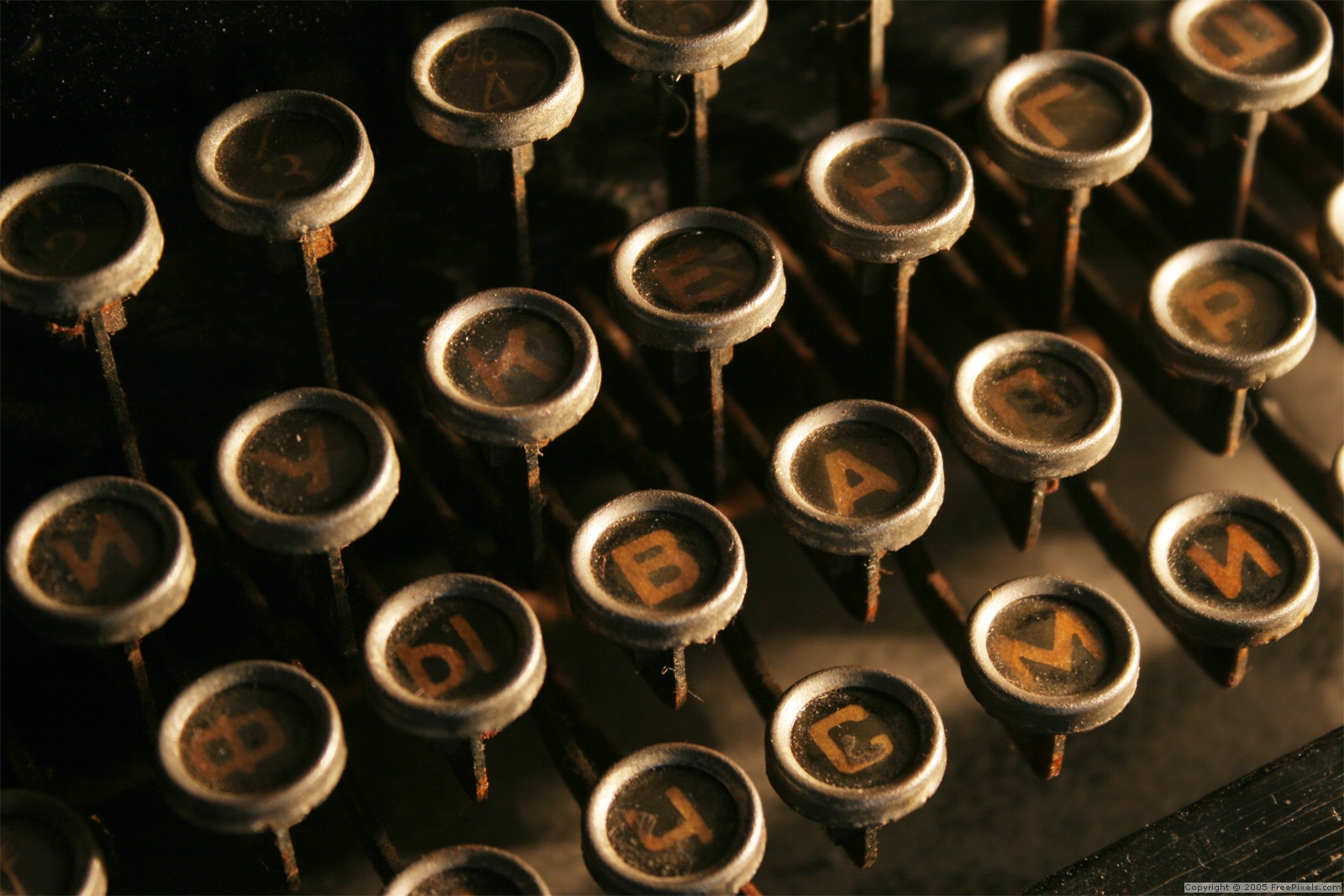 All of these experiences, the challenging and the fulfilling, are hugely important facts. These experiences help to shape us. AND THEY ARE NOT US. Each of us is much more than the sum of all our stories.
All of these experiences, the challenging and the fulfilling, are hugely important facts. These experiences help to shape us. AND THEY ARE NOT US. Each of us is much more than the sum of all our stories.
Clinging to your personal history as it IS you, is at best incomplete and at worst, leaves you unable to see clearly what is here for you in the present. Self-descriptions are a good deal about what has happened to you, how you dealt with it, the work you do, and the people in your lives.
 To widen our perspective, we become aware of what is around us and within us now, in this moment. Embracing your past and your roles from this perspective, you have a spaciousness to see that all your stories are not the final truth.
To widen our perspective, we become aware of what is around us and within us now, in this moment. Embracing your past and your roles from this perspective, you have a spaciousness to see that all your stories are not the final truth.
Honor and accept where you have been and what you “do”, utilizing it in the present where need be. But release the tight attachment to your stories. They will not disappear if you let go of your over-identification. Nothing gets lost.
“Just doing you”‘ is the quiet call to the present…the modern version of “just be you”. Releasing our stories, if only for a time, allows us to widen the container of our life.
In this container, there is no need to put labels on who we are. We can live unencumbered by our own or other’s definition of who we are, we see things with fresh eyes.
“Just do you” is the vibrancy of noticing what’s around you right now: a smooth pottery coffee mug, cloud formations or rain at the windows. People and animals, landscape and cityscape, offering themselves for your enjoyment.
The authentic you arises naturally from this place. Try it. You may discover a lightness and a rightness about being you in this moment.
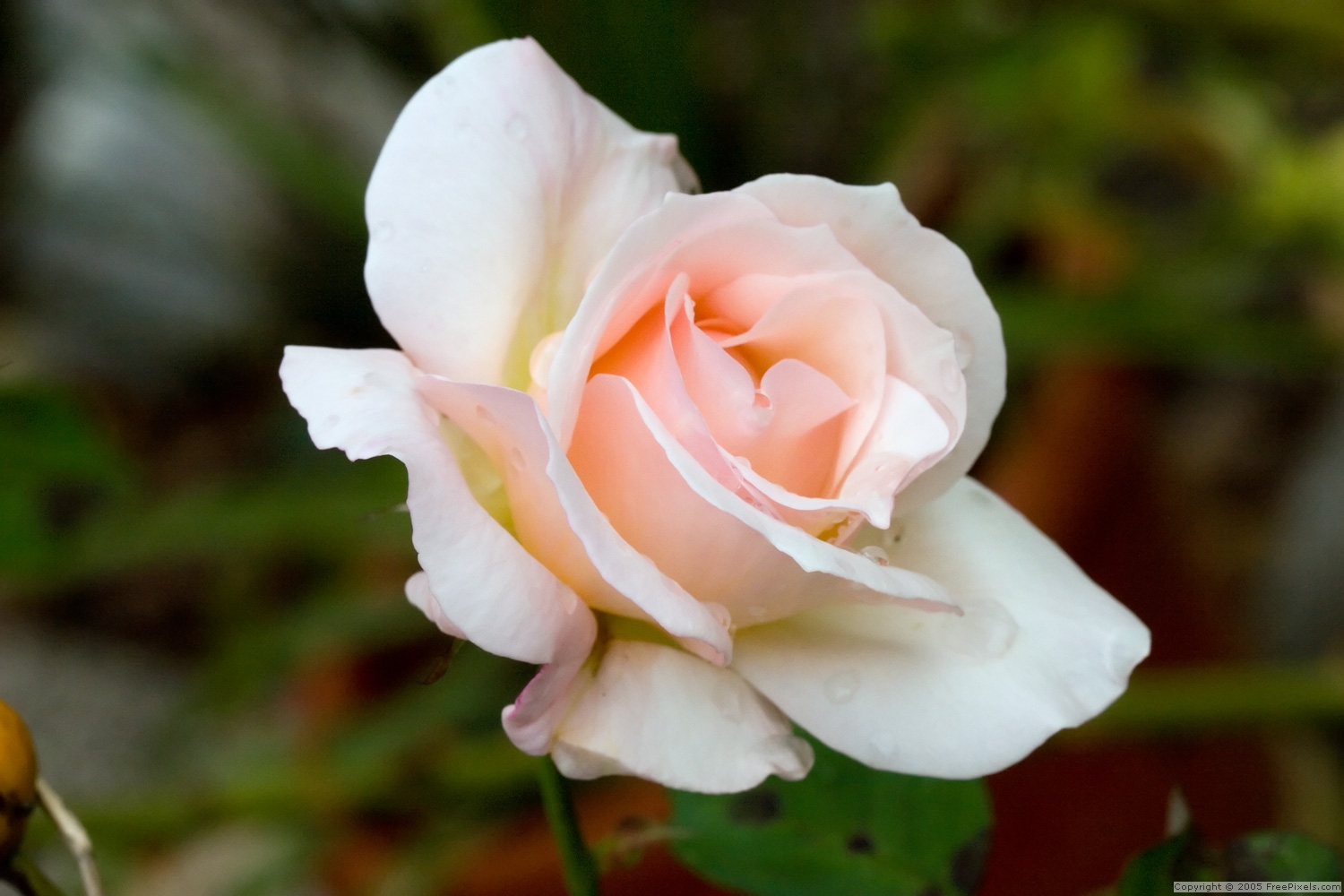
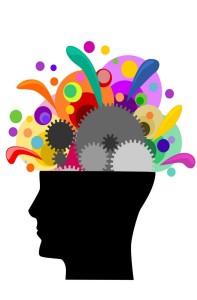 There are lots of ways in which we as human beings can get caught under the vast net of stress in our lives. We oftentimes find ourselves feeling trapped by difficult circumstances and the attending feelings and thoughts that arise from them. All of this can create a sense of being overwhelmed and life at times can appear unmanageable. We then struggle and we suffer. Often times the root cause no longer exists but our coping strategies themselves have become problematic. Read more
There are lots of ways in which we as human beings can get caught under the vast net of stress in our lives. We oftentimes find ourselves feeling trapped by difficult circumstances and the attending feelings and thoughts that arise from them. All of this can create a sense of being overwhelmed and life at times can appear unmanageable. We then struggle and we suffer. Often times the root cause no longer exists but our coping strategies themselves have become problematic. Read more











